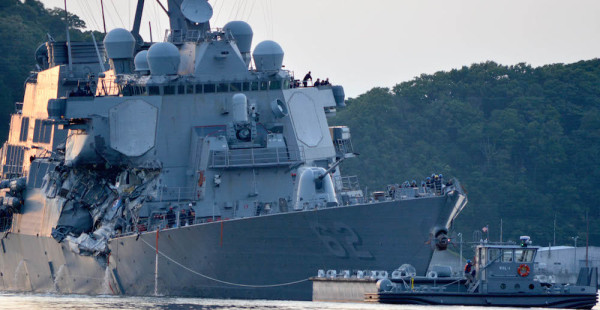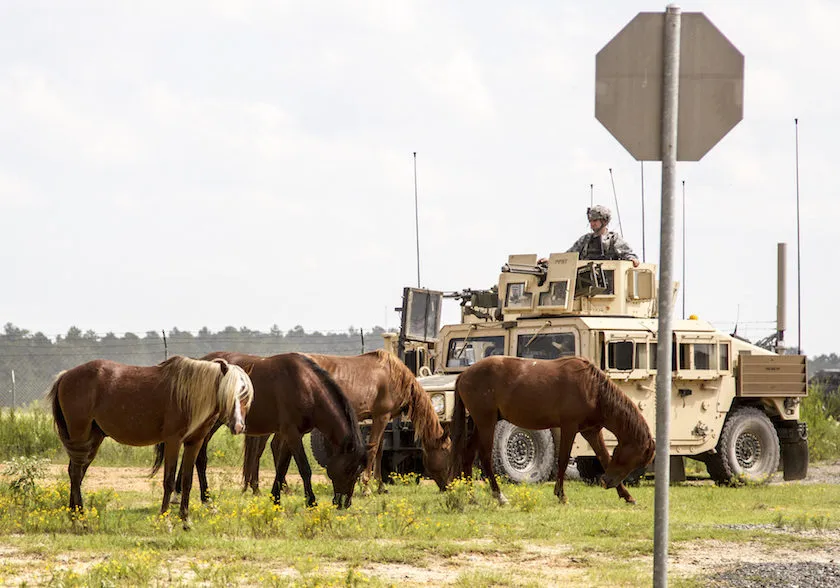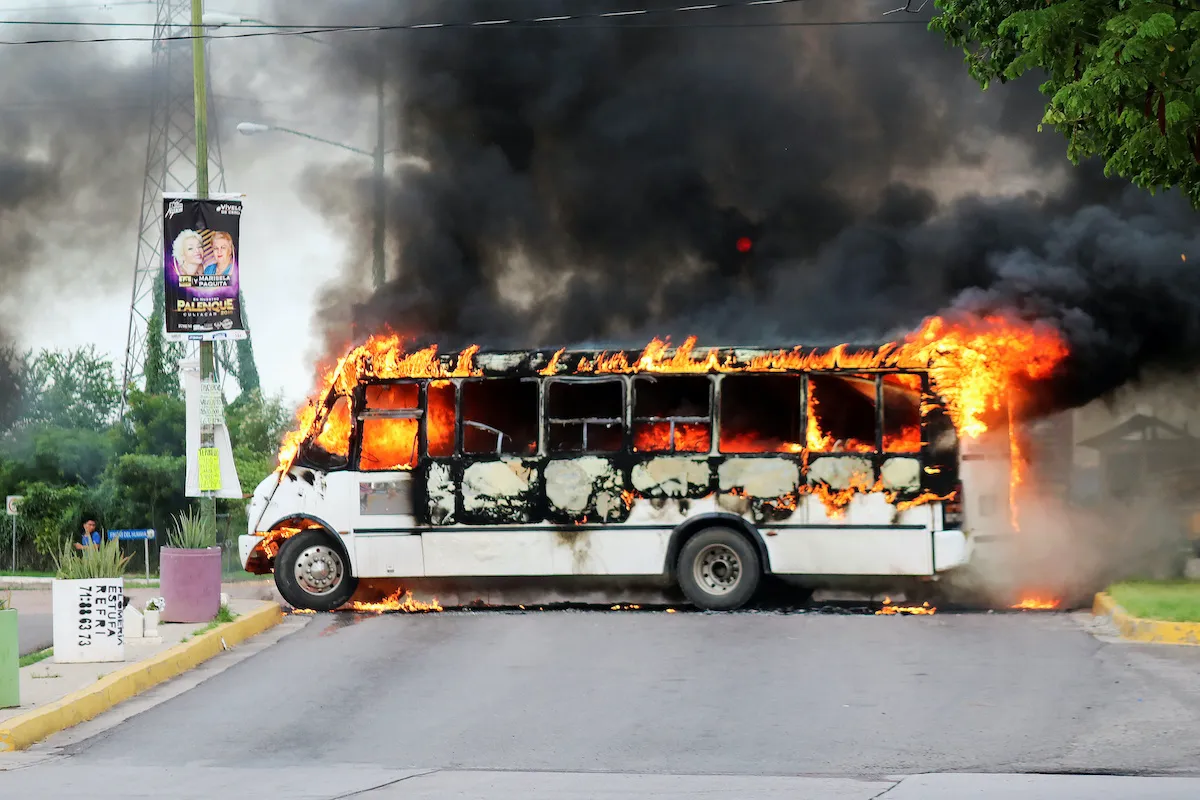

The Navy’s investigation into two separate collisions with commercial vessels involving two Arleigh Burke-class guided missile destroyers over the summer has found that both incidents were completely avoidable, the branch announced on Nov. 1.
The USS Fitzgerald’s collision with Philippine-flagged tanker ACX Crystal on June 17 and the USS John McCain’s collision with Liberian-flagged oil and chemical tanker Alnic MC on Aug. 21 were both the result of “multiple failures by watch standers” to follow Navy procedures and exercise sound decision-making in the minutes leading up to, and after, both incidents.
“These collisions, along with other similar incidents over the past year, indicated a need for the Navy to undertake a review of wider scope to better determine systemic causes,” Chief of Naval Operations Adm. John Richardson wrote in a memorandum accompanying the release of the Navy’s collision reports.
While the the Navy faulted the Fitzgerald and McCain crews for failing to “adhere to sound navigation practice” and follow existing international navigation protocols, the branch determined that the McCain’s collision stemmed mainly from “insufficient proficiency and knowledge” regarding the vessel’s propulsion and steering systems, a deficiency that led to a loss of situational awareness.
Here’s the Navy’s timeline of the mistakes leading up to the McCain collision:

A U.S. Navy illustration map of the USS John S McCain’s approximate collision locationPhoto via DoD
5:19 AM, Aug. 21: McCain helmsman experiences trouble maintaining course.

5:20 AM:Confusion mounts over who’s steering the ship.

5:21 AM: McCain’s C.O. orders a reduced speed, but ends up with a twisting turn into shipping lanes.

5:24 AM: McCain crew regains control too late to avoid the collision.


A U.S. Navy illustration map of the USS John S McCain’s approximate collision locationPhoto via DoD
The McCain assessment is bad, but the Navy analysis of the Fitzgerald’s collusion is far more brutal: The report faults the crew for multiple, easily-preventable missteps, including “failure to plan for safety… to execute basic watch standing practices… to properly use available navigation tools… to respond deliberately and effectively” when faced with a major crisis. The Fitzgerald’s watch team was, in the Navy’s assessment, asleep at the switch.
Here’s a brief summary of the Navy’s timeline:

A U.S. Navy illustration map of the USS Fitzgerald’s approximate collision locationPhoto via DoD
1:00 AM, June 17: Fitzgerald enters “moderately dense” shipping lanes, enters a crossing situation, and fails to give way.

1:17 AM: Fitzgerald’s watch officers incorrectly calculate the Crystal will pass within 1,500 yards of the destroyer’s starboard side at its closest point of approach.

1:22 AM: Thejunior officer of the deck recommends slowing the Fitzgerald after sighting the Crystal again. The officer of the deck responds that “slowing would complicate the contact picture.”


A U.S. Navy illustration map of the USS Fitzgerald’s approximate collision locationPhoto via DoD

The officer of the deck “exhibited poor seamanship by failing to maneuver as required, failing to sound the danger signal and failing to attempt to contact CRYSTAL on Bridge to Bridge radio,” the Navy concludes, chiding the officer for failing to call and summon the Fitzgerald’s commanding officer — who was seriously wounded in his berthing during the collision.
But it wasn’t just the OOD’s fault. “The remainder of the watch team on the bridge failed to provide situational awareness and input to the Officer of the Deck regarding the situation,” the report notes. “Additional teams in the Combat Information Center (CIC), an area on where tactical information is fused to provide maximum situational awareness, also failed to provide the Officer of the Deck input and information.”
The Navy has already removed 7th Fleet commander Vice Adm. Joseph Aucoin, the three top officers on the Fitzgerald, and the two top officers on the McCain from their posts, citing “absolute accountability” and “a lack of watch stander preparedness and readiness.” But the report also acknowledged the silent threat of sleep deprivation that sailors flagged amid the 7th Fleet’s travails, noting that in the case of the Fitzgerald, command leadership on both vessels “allowed the schedule of events preceding the collision to fatigue the crew” while failing to “assess the risks of fatigue and implement mitigation measures to ensure adequate crew rest.”
With morale low and exhaustion high among sailors amid an increasingly grueling operational tempo in the Pacific, the Navy report on the Fitzgerald and McCain collisions may provide the best insight yet into the underlying causes of the 7th Fleet’s alarming mishap crisis. How Richardson and Navy Secretary Richard V. Spencer, under pressure from lawmakers, plan on addressing these problems remains to be seen, but one thing is clear: Growing the Navy to 350 ships is useless without enough sailors who are adequately trained — and adequately rested — to crew them.
Read the entire Navy collision report for the USS Fitzgerald and USS John S McCain below:
Navy Collision Report for USS Fitzgerald and USS John S McCain Collisions by Jared Keller on Scribd
WATCH NEXT: